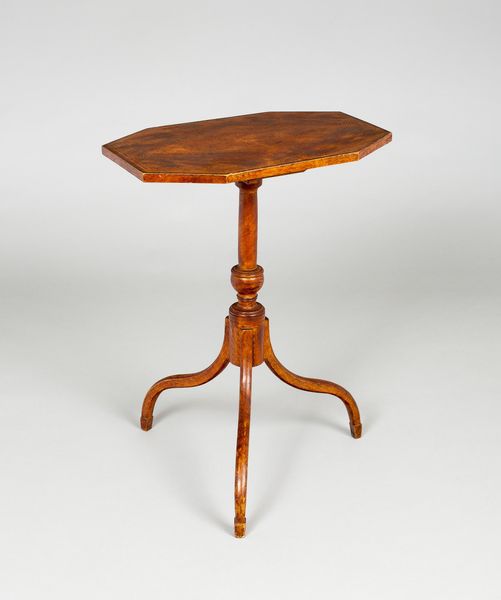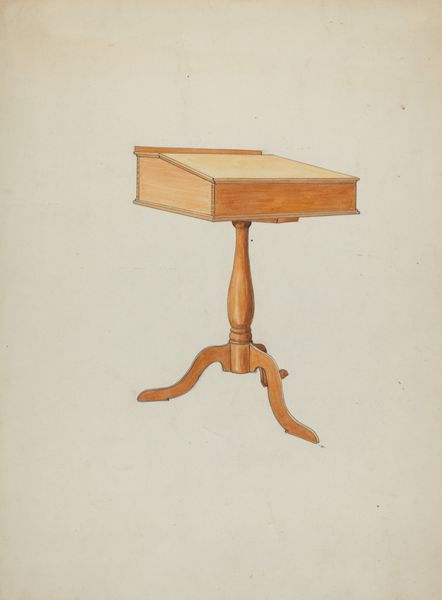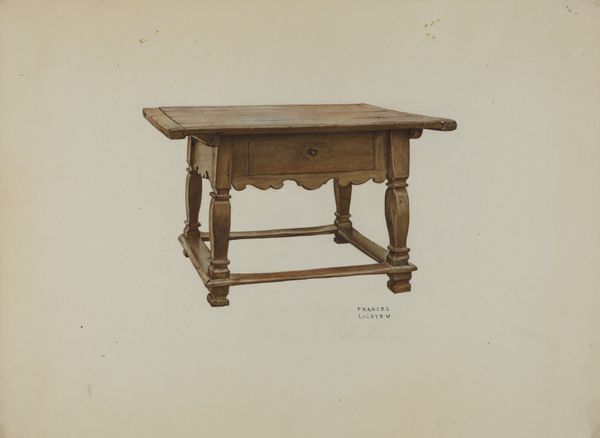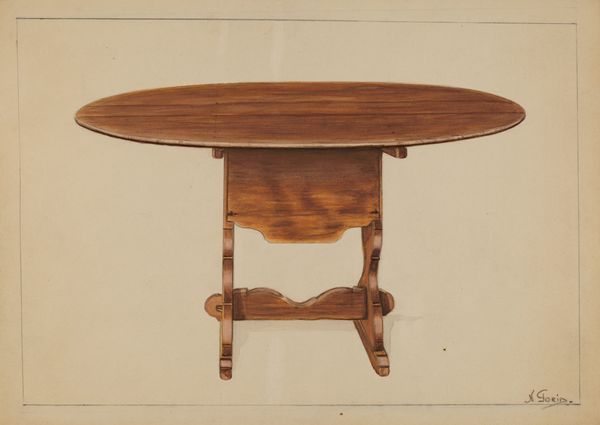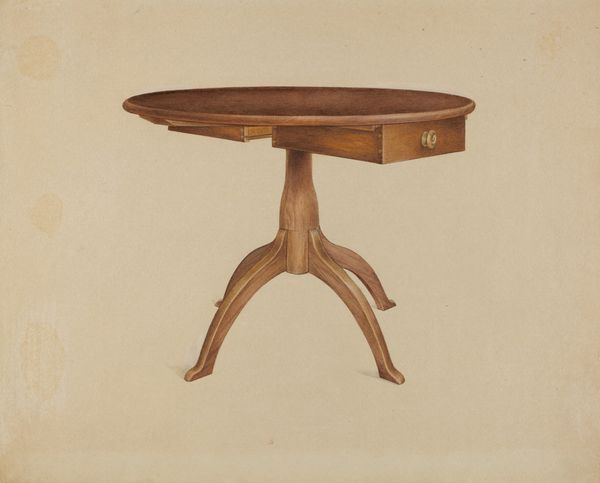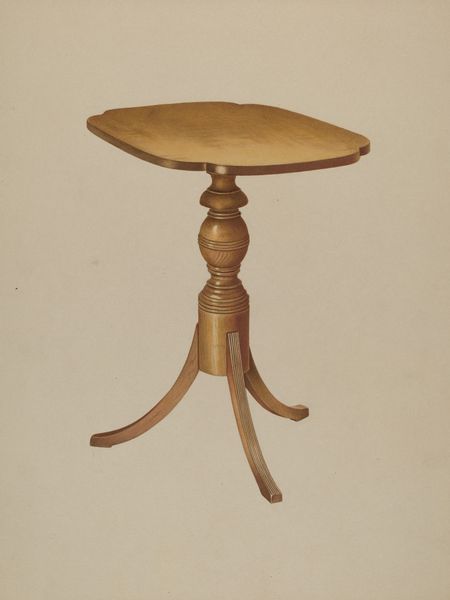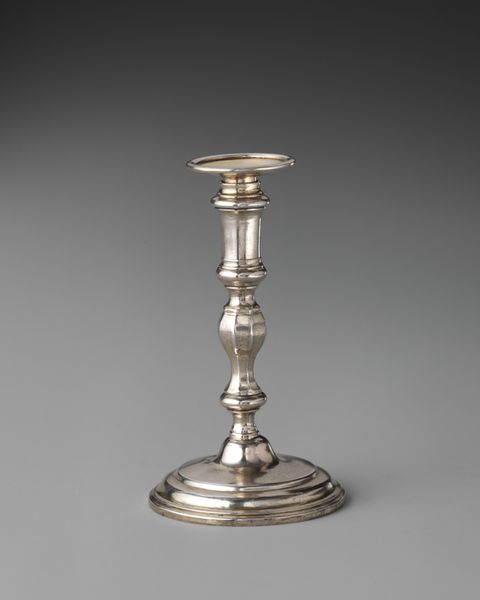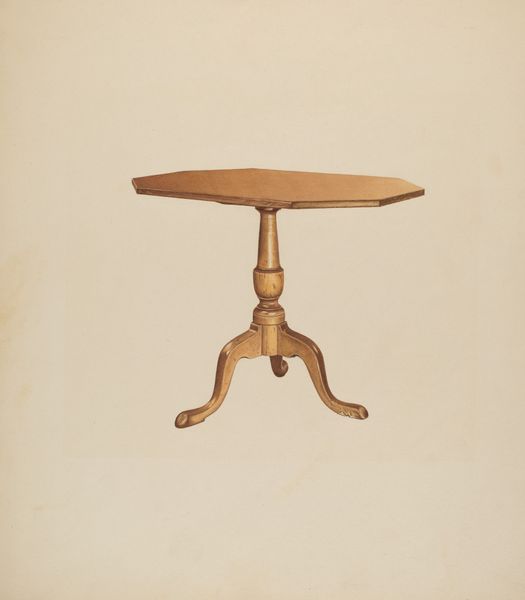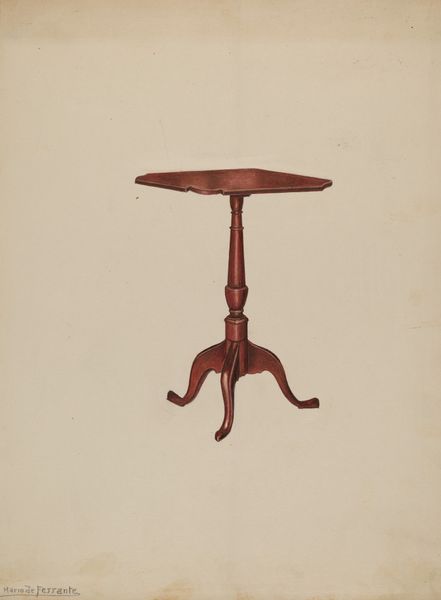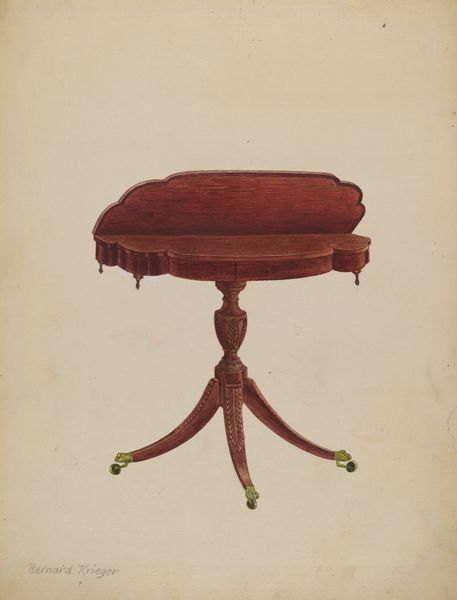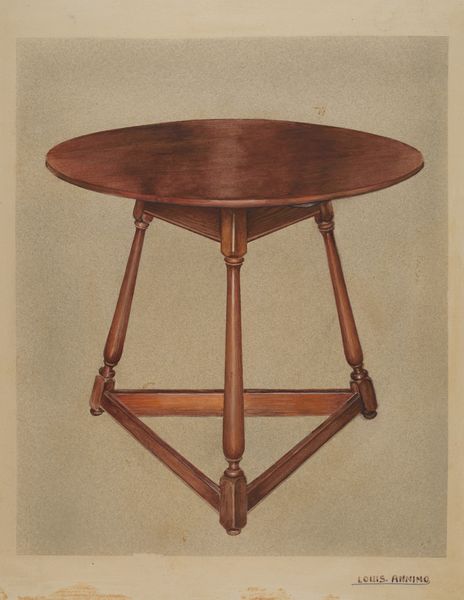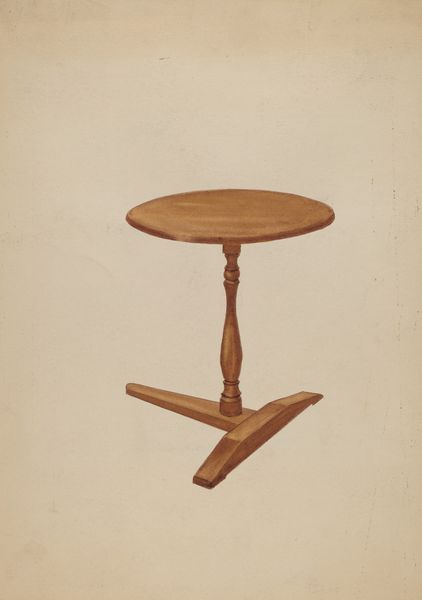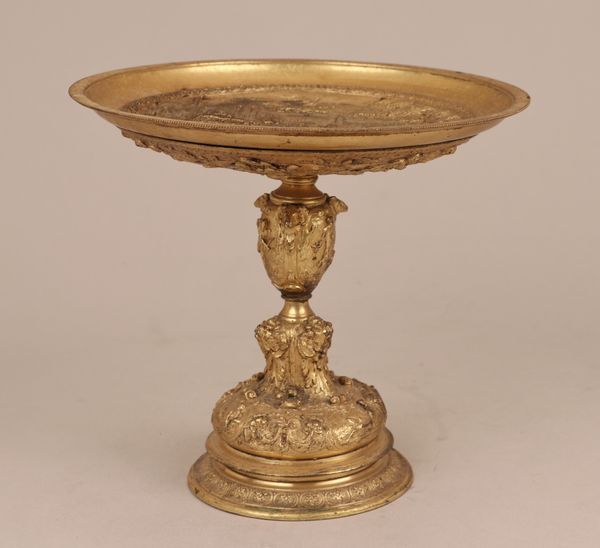
wood, architecture
#
wood texture
#
england
#
wood
#
musical-instrument
#
architecture
Dimensions: Case L. (perpendicular to keyboard): 227.3 cm (89-1/2 in.); Case W. (parellel to keyboard): 106.9 (42-1/8 in.); Case H. (including legs): 91 cm (35-7/8 in.): Souding L. of top string: 7.4 cm (3 in.); Sounding L. of bottom string: 172.2 cm (67-7/8 in.); Sounding L. of c2 (shortest): 27.3 cm (10-3/4 in.); 3-octave span: 49.1 cm (19-3/8 in.) Stand: H. 23 in. W. 40 1/2 in. L. 67 in.
Copyright: Public Domain
This grand piano was crafted by John Broadwood & Sons. Notice the lyre motif that supports the pedals; this symbol has ancient roots, evoking classical music. The lyre’s presence takes us back to antiquity, where it was associated with Apollo, the god of music and harmony. It appears in countless Renaissance paintings, a reference to the revival of classical ideals. The instrument's form is not merely decorative but vibrates with cultural memory. Consider how musical instruments have evolved, carrying symbolic weight throughout history. This piano is not just an object. It is a vessel of emotions, linking us to the past.
Comments
No comments
Be the first to comment and join the conversation on the ultimate creative platform.
